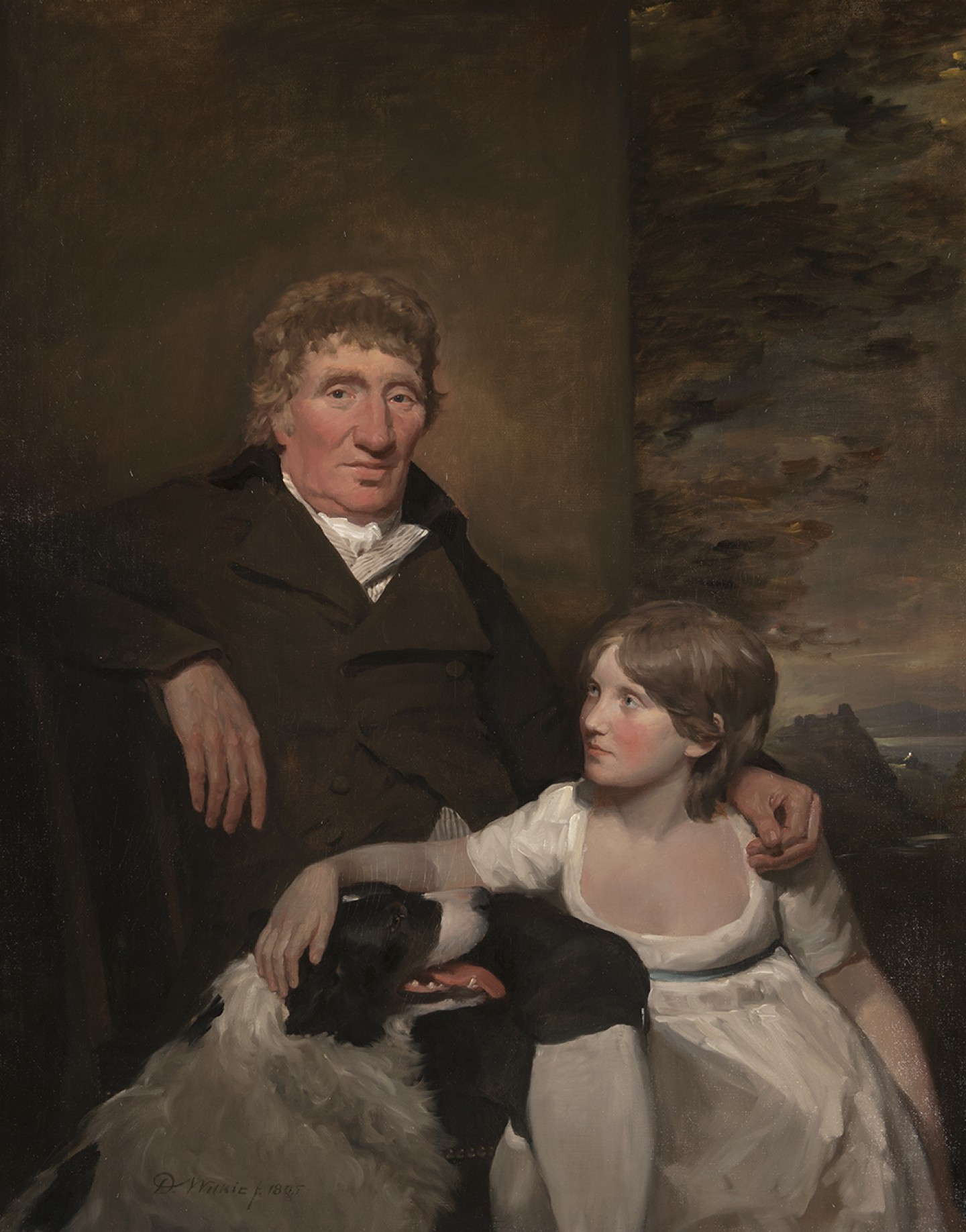DESCRIPTION
To recover from a nervous breakdown, Wilkie made an extended tour of the Continent between 1825 and 1828, visiting France, Italy, Germany and Spain. He brought back a large number of sketches, some of which were the starting point for subsequent paintings. On the day of his arrival in Madrid, Wilkie met an American writer, Washington Irving, who was working on a biography of Christopher Columbus. Apparently Irving told Wilkie of the encounter between Columbus and the prior of the Franciscan monastery of La Rabida, which set in motion Columbus's expedition in 1492 to discover a western route to India. Early in 1836 Wilkie was approached regarding a commission for a picture of the subject of Columbus, Having already recorded in paint the meeting of Columbus and the Prior, he had considered for some time painting a picture of Queen Isabella of Spain offering her jewels to pay for Columbus' voyage. his watercolour is one of the studies for that painting, which in the event was never started.
DETAILS
-
Artist
David Wilkie
-
Date
1836
-
Medium
Watercolour and pen on paper
-
Object number
925
-
Dimensions unframed
16 × 16.6 cm
-
Dimensions framed
45 × 45 × 1.5 cm
-
Marks
Signed and dated bottom right
-
Subject
ARTIST PROFILE
Sir David Wilkie RA, 1785-1841
In the first three decades of the nineteenth century Sir David Wilkie stood alongside Constable and Turner as one of the three greatest British painters of the period; indeed, in his own lifetime his reputation - nationally and internationally - was as high as or higher than that of the other two. Wilkie was a pre-eminent genre painter with an exceptional gift for observation of character, his early work being in the manner of the Dutch painters Ostade and Teniers. It is no exaggeration to say that all Victorian genre painting in England and Scotland derives from Wilkie. Subsequently he turned to historical genre and, later, to portraiture. His work attracted the wildest popularity, particularly through the medium of engravings.
Born in Cults, in Fife, the third son of the parish minister, Wilkie enrolled for art classes at the Trustees' Academy in Edinburgh when he was fourteen. In 1805 he moved to London, studying at the Royal Academy Schools. The following year he exhibited The Village Politicians at The Royal Academy and became an overnight success. Thereafter his rise to fame was meteoric. When his masterpiece Chelsea Pensioners (celebrating Wellington's victory at Waterloo) was exhibited at the academy in 1822 at the astonishing price of 1200 guineas [£1260], there was such a clamour to view the painting that a crush barrier had to be erected to protect it, a previously unheard of measure.









